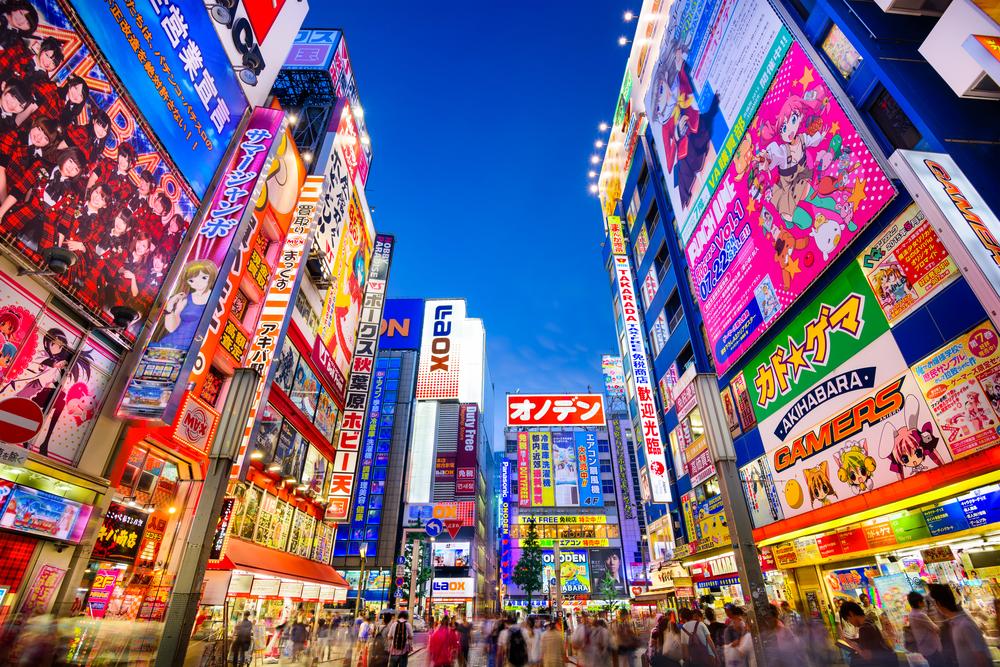Japanese economic data remains discouraging
This morning, a new set of Japanese economic data, published by the statistics bureau, showed that the Bank of Japans expansionary monetary policy measures have not increased inflation, the main measure of economic activity, in Japan.
The National CPI came in at -0.4% for July, exactly where it was a month before and now decreasing for the fifth month in a row.
This adds to a growing cohort of data suggesting that current measures to end two decades of deflationary economic developments, by both the government and the Central Bank of Japan, are insufficient.
Japans All Industry Activity Index for June came in at 1%, also flat from May’s figures.
Industrial production in June decreased by 1.5% compared to the same month the previous year.
GDP growth for the second quarter of 2016 stood at 0% compared to the first quarter of the year.
The Nikkei Manufacturing PMI for August came in at 49.6. Although this figure is 0.3 points higher than July’s figure, it still represents a contraction in manufacturing activity over the month.
There is little data, if any, to suggest that the Bank of Japan’s extensive quantitative easing program has done anything to increase real economic activity.
Japanese history of QE and why it hasn’t worked
After years of strong economic growth, the Japanese economy began to falter in 1990s and has since experienced the most prolonged period of slow growth and a deflationary economic environment.
In 2012, when Shinzo Abe took office as Japanese prime minister again, he introduced an aggressive strategy including fiscal and monetary stimulus to drive the Japanese economy towards growth.
Since 2013, his government has tried to boost the economy with ever greater fiscal stimulus packages, the latest and greatest of ¥28 trillion being announced last month, in response to the UK’s decision to leave the European Union and the possible adverse effects this could have on economic growth around the world.
The Bank of Japan, under governor Haruhiko Kuroda, began implementing similarly aggressive expansionary policies. A round of quantitative easing of between ¥60 trillion and ¥70 trillion a year began in 2013. This was expanded to ¥80 trillion a year in 2014, where it has since remained. Interest rates were lowered to record levels.
However, neither fiscal nor monetary stimulus has translated in an increase in real economic activity and has failed to help the Japanese economy recover targeted growth and inflation levels.
Why has Japanese growth not returned?
Many economists, analysts and for sure the BoJ have wondered why all this stimulus has not helped the Japanese economy to return to growth. Reasons may be intractable, however, there are some factors which definitely have had an influence.
QE does not always enter the real economy
Firstly, quantitative easing does not necessarily have to induce money in the real economy. The money is given to banks and other financial institutions through the purchases of assets by the Central Banks. It will then only translate into economic activity if companies and private households take out loans form these financial institutions to spend money in the real economy. This however, has to a large part not happened.
Pressuring businesses to invest in expansions and therefore driving economic activity through low, maybe even negative interest rates, has some shortfalls.
A business may not be inclined to see a business expansion as a viable investment in a deflationary economic environment, characterized by low demand. Investing more money, if at low rates or not, bares the risk of failing to achieve revenue growth, which could potentially drive a firm out of business. Therefore, in a particularly deflationary environment where businesses are aware that there is little demand for products, the incentive to produce more is low and the risks of doing so are high.
Japanese households save more and spend less
In Japan, there is one particular factor which adds to this crisis.
Japanese consumers tend to save more and spend less of their income.
It is debatable what has driven this generally observable trend, but the current demographic crisis Japan is experiencing could have some impact.
The Japanese fertility rate has been decreasing since 1970, being consistently below 2.0 since 1975 and in 2012 it stood at 1.41.
Similar developments have been observed in European countries, such as Germany, however not at such alarming rates. Less births mean less people growing towards working age and, with extending life expectancy, this adds up to a rapidly aging Japanese population.
This can for one have a direct effect on productivity in the economy, for the other part also incentivises people to save for their later years, rather than spend their income now, as the likelihood of getting a good state funded pension decreases with a decreasing number of working, tax paying adults.
While this may not be all the factors, as international influences, such as the global financial crises, which caused a, still ongoing, economic slowdown on a global scale, they can at least in part explain why current strategies to stimulate the economy have not had the desired effect.
How long can QE continue?
Furthermore, it has also been continuously noted, that the BoJ may be fast approaching its limit on current measures, as it is running out of assets to buy to fuel its massive quantitative easing program.
With no more assets to buy, what can the BoJ do to still be doing something?
Helicopter Money – The next step for Japan?
Katharina Fleiner 26/08/2016




